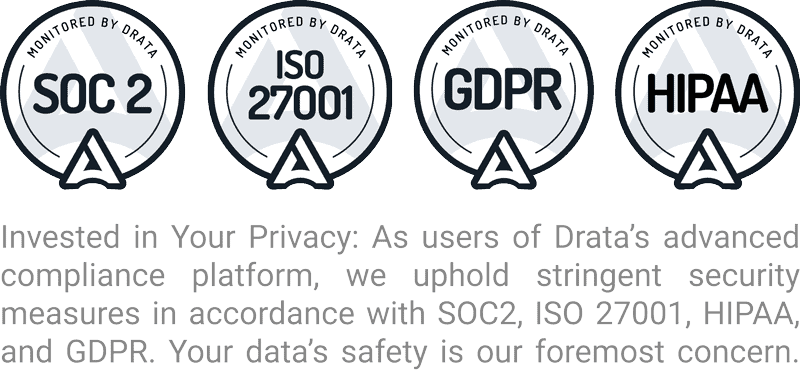Why You Should Use Small Business Email Tracking
![]() There’s something about email tracking that eludes small businesses – and just knowing the metrics isn’t good enough. Small business owners can often lack a fundamental understanding of how email tracking and email marketing informs their other marketing efforts. Fortunately, marketing automation and other methods can help business owners use small business email tracking to their advantage.
There’s something about email tracking that eludes small businesses – and just knowing the metrics isn’t good enough. Small business owners can often lack a fundamental understanding of how email tracking and email marketing informs their other marketing efforts. Fortunately, marketing automation and other methods can help business owners use small business email tracking to their advantage.
Forms of Email Tracking
You may be using Mailchimp, iContact or Constant Contact to execute your email marketing efforts. Most of these ESPs (Email Service Providers) will give you some stats that are critical to establishing the success of your email marketing campaigns. You’ll want to pay attention to some of these stats to beef up your email tracking and marketing efforts.
Open rate is a metric that allows you to see what percentage of total emails sent are actually opened. These rates vary by industry, but an ideal open rate is something over 20%. If you find that your open rates are fairly low, a more engaging subject or ensuring that your list is double-opted in can help you.
This is where marketing automation can help as well. Knowing how leads get to your website, how they make it to your email list and their use rate when it comes to your marketing materials can give you an idea as to their conversion probability. When you’re not sure how leads got to you or how they use your site, you may not be able to develop an in-depth understanding of a metric like open rate. The more in-depth you can drill down into your data, the more you’ll be able to improve your metrics over time.
Click rate is another metric to look at. Your emails should have links back to your website in the form of more information or an offer. If you’re experiencing low clicks, you should reposition your links or change up your offers to see if you can get a different result. The right email tracking can take you a step further – if your emails aren’t going to an interested audience to begin with (and an opt in doesn’t always indicate the level of interest you need to eventually generate conversions), marketing automation tools can tell you that.
Email Tracking and Marketing Strategy
It’s important to know how users get to your list, what they do with your emails when they get them, and whether or not email is the most appropriate way to keep your users abreast of your offers. Traditional ESPs can only help you monitor your email performance within their own interfaces. If you’re looking for more fully functional email tracking, marketing automation tools could work well for your small business.
Take a look at how Lead Liaison’s sophistical email tracking and lead monitoring software can work for you!










